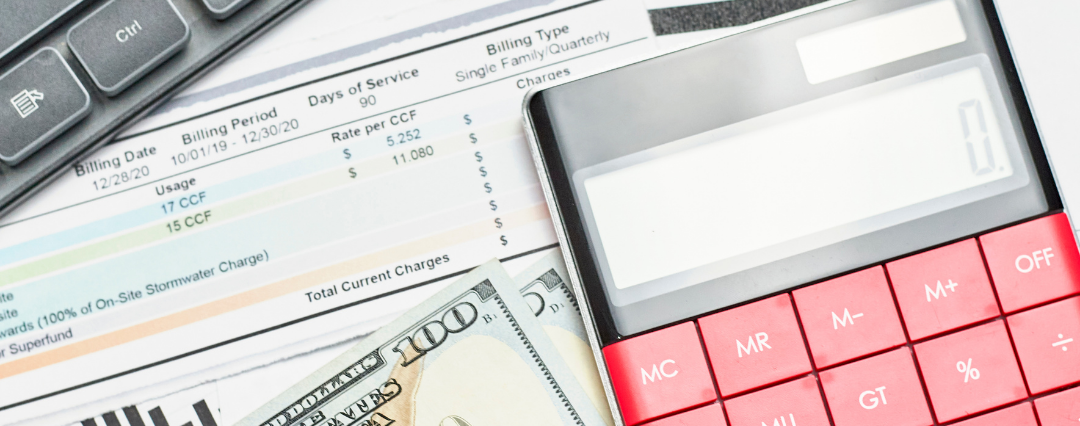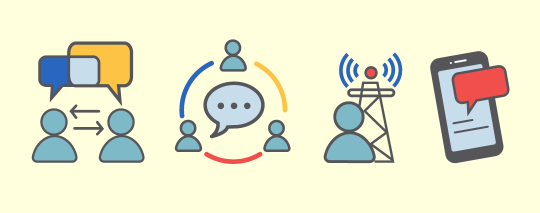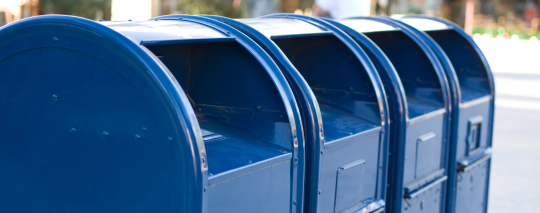How often do you look at the details of your utility bill before paying it? Whether you’re a business manager or a homeowner, knowing how to read and understand your utility bill can come in handy, especially when following a budget. Let’s start with the basics.
What is a utility bill?
A utility bill is a detailed invoice issued by a utility provider and paid by you once a month. Utilities are the basic services needed to keep a home or business comfortable and functioning. There are several types, but a few of the most common are:
- Electric: Electricity is a must, and rates typically differ by state. The size of your home or business affects your usage and the level of electricity needed.
- Gas: Some operations or homes need natural gas service, but it isn’t always a necessity if the main heating source is electric.
- Water and sewage: Water and sewage services are set up with your municipality. Your water bill depends on where you live and the local cost, rate structures, and the size of your water meter.
While the utilities mentioned above are mostly consumption based, other optional utilities, such as garbage and recycling pickup, often have a fixed fee.
How are utility bills calculated?
It depends. Rates for utilities vary by state, city, or municipality. In general, utilities that are usage-based are calculated using a set rate plus your meter reading, which indicates your total consumption during the billing period.
Understanding your utility bill
Most utility providers or local governments customize their utility bills and print them to fit their needs. So not all bills look the same, but most include rates, meter reading totals, and consumption history graphs.
Common terms you’ll find on a water bill include:
- Prior and Current Readings: Your previous meter reading versus your current meter reading.
- Usage: How much water was used during the billing period. This is typically measured in hundreds of cubic feet (CCF) or in gallons (one CCF is equal to 748 gallons).
- State Fee: Rate charged to all water customers in your state.
- Service Charge: A fixed amount charged whether water is used or not. This covers fixed costs like meter reading, billing, etc.
- Cycle: Your service area, which determines your billing and due dates.
- Graph of consumption history: Provides a visual of water amounts used in previous and current months.
Common terms you’ll find on an electric bill include:
- Meter Number: National Meter Identifier (NMI), which is a unique number used to identify your energy meter.
- Previous and Present Readings: Your previous meter reading versus your current meter reading.
- Meter Multiplier: Multiplier that converts your meter reading into kilowatt hours (kWh), which is the unit of measurement for electricity usage. Wattage measures how fast electricity is being used, while time measures how long the electricity is being consumed at that speed.
- kWh Usage: The difference between your previous meter reading and your current meter reading. This amount is the total number of kWh you used during the billing period.
- Rate: The price you pay per kWh (varies by state).
- Graph of usage history: Provides a visual of kWh used in previous and current months.
Although not all utility bills contain the exact same information, as noted above, most usually include graphs or statistics that allow you to easily compare your past and present usage. These visuals can be helpful when trying to understand increases or decreases in your bill. If you ever have questions regarding your bill, don’t hesitate to call your provider. For example, if your bill increases from one month to the next and you need help determining why, they can explain if the increase is due to seasonal, usage, or an overall rate change.





